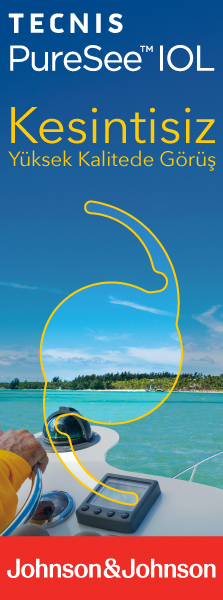2Gaziantep University, Ophthalmology, Gaziantep, Türkiye
3Gaziantep City Hospital , Ophthalmology, Gaziantep, Türkiye DOI : 10.37845/ret.vit.2025.34.29 Purpose: This study evaluates retinal microvascular alterations in Juvenile Idiopathic Arthritis (JIA) patients without uveitis using Optical Coherence Tomography Angiography (OCTA) and compares findings with healthy controls.
Methods: A cross-sectional study included 42 JIA patients without uveitis and 48 age- and sex-matched controls. OCTA assessed superficial and deep capillary plexus vessel density, peripapillary retinal nerve fiber layer (PPRNFL) thickness, radial peripapillary capillary vessel density (RPC-VD), and foveal avascular zone (FAZ) area. Statistical analyses included independent samples t-test and Mann-Whitney U test for group comparisons.
Results: JIA patients showed reduced foveal vessel density in the superficial (20.33 ± 6.46% vs. 24.63 ± 6.46%, p = 0.003) and deep plexuses (37.00 ± 5.70% vs. 41.41 ± 5.70%, p = 0.002). PPRNFL thickness (120.62 ± 15.44 ?m vs. 110.77 ± 15.44 ?m, p = 0.001) and RPC-VD (51.76 ± 3.05% vs. 49.85 ± 3.05%, p = 0.002) were elevated. FAZ area showed a non-significant trend toward enlargement (p = 0.102). Multivariate regression confirmed these findings were independent of age, sex, and disease duration.
Conclusion: OCTA reveals subclinical retinal microvascular changes in JIA, suggesting early inflammatory effects. These findings support OCTA as a non-invasive tool for detecting vascular involvement, though a multimodal approach is recommended. Longitudinal studies are needed to assess progression and its clinical impact.
Keywords : Juvenile Idiopathic Arthritis, Optical Coherence Tomography Angiography, Retinal Microvasculature, Systemic Inflammation, Subclinical Ocular Changes




